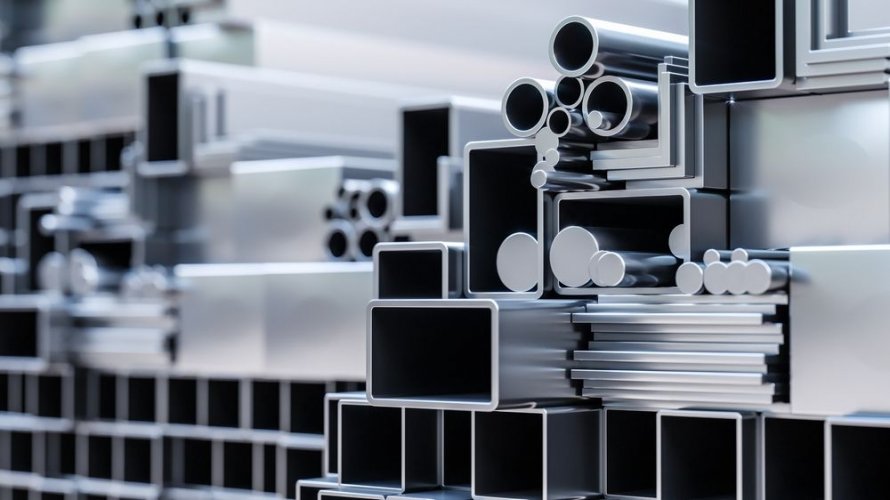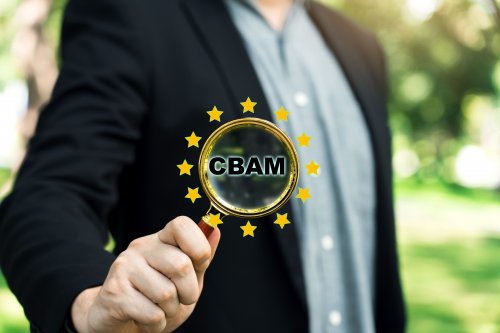Successful transition to green steel requires further work to align current ETS and CBAM documents with the industry's climate ambitions.
This was stated by Director General of the European Steel Association (EUROFER) Axel Eggert, reports EUROFER
He noted that the European Parliament had only partially recognized a few key issues for industry, such as control rules, exports and ETS / CBAM interaction.
"However, the agreed text is not enough to preserve EU exports and does not provide the necessary careful transition from current carbon leakage measures to CBAM," he said.
The article noted that the European Parliament had lost the opportunity to specifically consider the issue of emissions of raw materials used for the production of stainless steel. And these emissions in imported products are up to seven times higher than in the EU.
The metallurgical sector requires:
- effective export measures to save a significant part of the EU's € 45 billion steel production, which creates around 30,000 jobs;
- more careful transition to CBAM from the existing ETS rules on carbon leakage, in particular on smoother free distribution and compensation of indirect costs, until the new Carbon Border Adjustment Mechanism has proved its effectiveness;
- avoiding unnecessary costs for EU society as a whole, preventing even higher inflation by revising the current provisions on the market stability reserve and relocation;
- the inclusion of ferroalloys in the list of inputs to be considered as they contribute significantly to CO2 emissions.
These measures will facilitate the transition to "green" steel.
The steel industry has 60 low-carbon projects with a potential reduction in CO2 emissions of 81.5 million tonnes per year by 2030, equivalent to about 2% reduction in total EU emissions. For the steel sector, on the path to carbon neutrality, this is a 55% reduction from 1990 levels, in line with the EU's Fit for 55 target.
"We ask for the right conditions for the ongoing transition to green steel. EUROFER stands ready to make a constructive contribution to the public debate, and we therefore once again call on EU politicians to hold an open, fact-based discussion on these important issues," Eggert said. .
He added that this is even more relevant against the background of the accelerating EU energy crisis.
"The current geopolitical situation requires quick but promising solutions to reduce the EU's dependence on fossil fuels from Russia and at the same time accelerate the green transition," he said.
We will remind, European Parliament made a decision regarding the carbon duty.
As EcoPolitics reported earlier, European business requires realistic timelines and pathways green transition.





